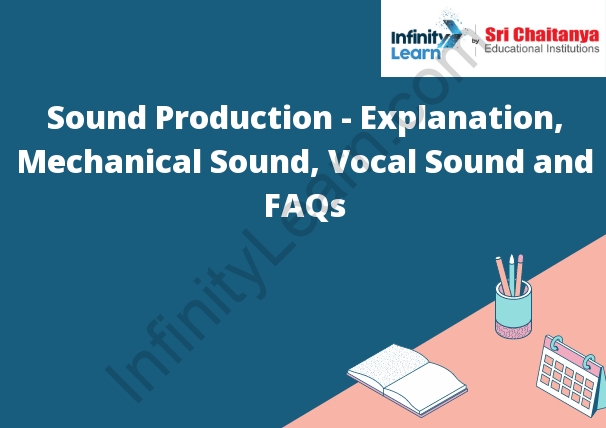Table of Contents
Sound Production in Animals
The sound production in animals is a very complex process that can involve different body parts depending on the type of animal. In general, the process of sound production involves the generation of a sound wave that is then amplified by the body of the animal. Sound Production – Explanation Mechanical Sound Vocal Sound and FAQs.
One of the most common ways that animals produce sound is by using their vocal cords. Vocal cords are a pair of thin, elastic tissues that are located in the larynx, or voice box. When air passes through the vocal cords, they vibrate and create sound waves. This type of sound production is used by humans and other animals to produce speech and singing sounds.
Another common way for animals to produce sound is by using their teeth, claws, or other body parts to hit each other. This type of sound production is used by animals such as frogs, birds, and insects.

Mechanical Sound Production
Mechanical sound production is the process by which sound is created by a physical object in motion. This type of sound is produced by things like machines, tools, and vehicles. The motion of the object creates vibrations that are then amplified by the air around it, causing sound waves to form. These sound waves can be heard by the human ear and can be used to communicate information or provide entertainment.
Vocal Sound Production
The vocal cords are two thin bands of muscle tissue that stretch across the larynx, or voice box. When the vocal cords are open, air from the lungs can flow freely through the trachea and out of the mouth and nose. When the vocal cords are together, they vibrate to produce sound.
The sound of the human voice is produced by the vibration of the vocal cords. The vocal cords are two thin bands of muscle tissue that stretch across the larynx, or voice box. When the vocal cords are open, air from the lungs can flow freely through the trachea and out of the mouth and nose. When the vocal cords are together, they vibrate to produce sound.
The vibration of the vocal cords creates a sound wave, which travels through the air and is heard as the voice. The sound of the voice is affected by the shape of the vocal cords, the size and shape of the mouth and nose, and the position of the tongue.
Modern Sound Production For Music
The modern sound production process for music begins by capturing the sound of the musical performance. This can be done using microphones that are placed close to the instruments or singers, or by using a technique called “ambient recording” in which microphones are placed in a room or hall to capture the natural reverberation of the space.
The captured sound is then processed and edited using digital audio workstations (DAWs), which allow for a wide range of adjustments to the sound, including equalization, compression, and reverb. The final mix is then rendered as a stereo or surround sound file that can be played back on a variety of audio devices.
Explain in detail :
In detail, a computer system includes a number of devices that are connected together by a communication network. The devices include a number of central processing units (CPUs), input/output devices, and storage devices. The CPUs are responsible for executing the program instructions, while the input/output devices are used to input data into the system and output the results of the program execution. The storage devices are used to store the program instructions and the data that is input into the system. The communication network is used to transfer data between the devices. Sound Production – Explanation Mechanical Sound Vocal Sound and FAQs.
For more visit Nobelium – Properties, Production, Effects, Isotopes and Applications






